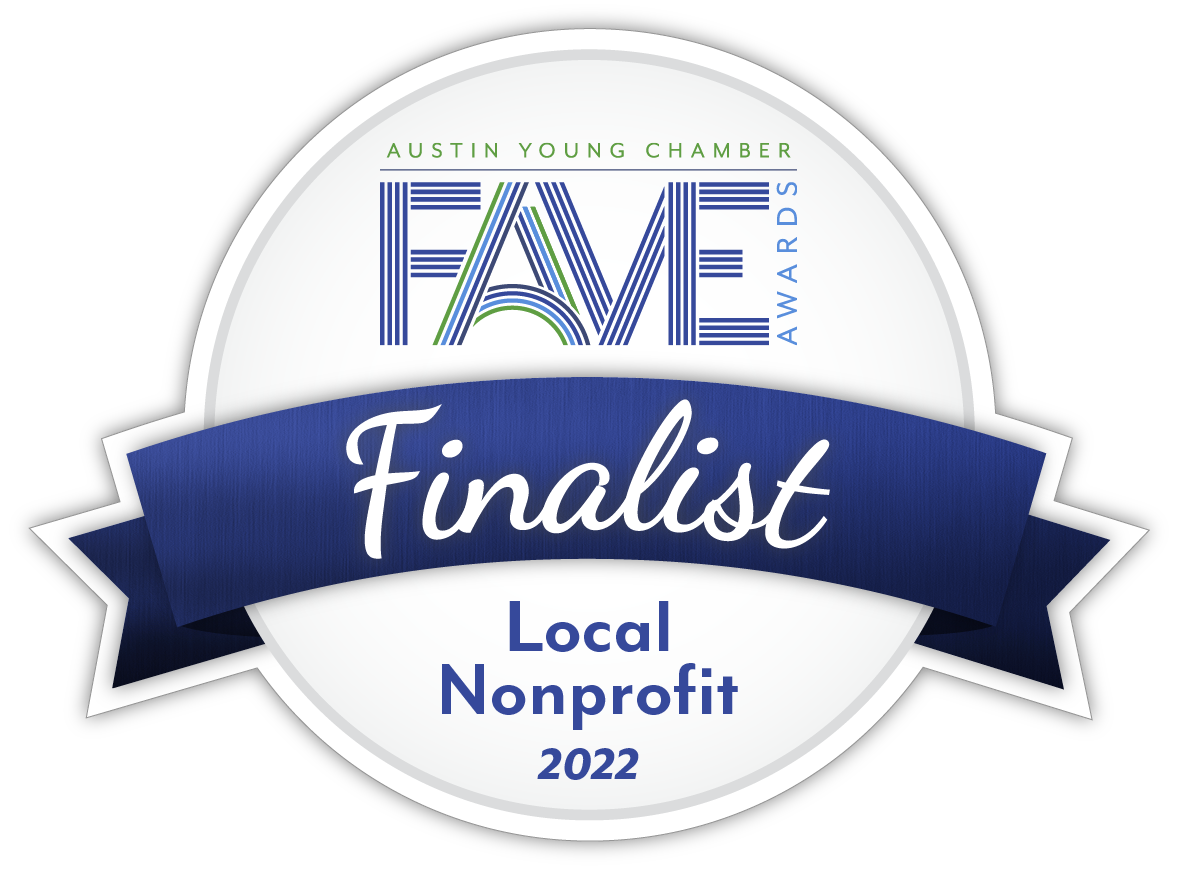For Alan Halter, environmental professional with the City of Austin, the success of urban forestry isn’t just measured in canopy coverage. It begins with people. “The number one thing for me is seeing that people are employed in the profession,” he explains. “Urban forestry needs trained staff, city programs, nonprofits, and regular planting efforts to stay alive.” Alan believes trees are infrastructure, just like roads or pipes, but with one major difference: trees grow more valuable over time. “Most infrastructure deteriorates,” he says, “but trees just keep giving back.”
“Trees are one of the only pieces of infrastructure that get better over time. Most things fall apart—trees keep giving back.”
Alan’s work centers around making complex environmental information easier to understand. With a background in design and cartography, he knows how to pair storytelling with science. “People eat with their eyes first,” he notes. “If something doesn’t look good, people may not take the time to learn from it.” His maps and visual tools, like the Tree Priority Map, highlight Austin’s canopy inequities, making the issue impossible to ignore. A clear divide in tree cover between East and West Austin echoes decades of economic and racial disparity.
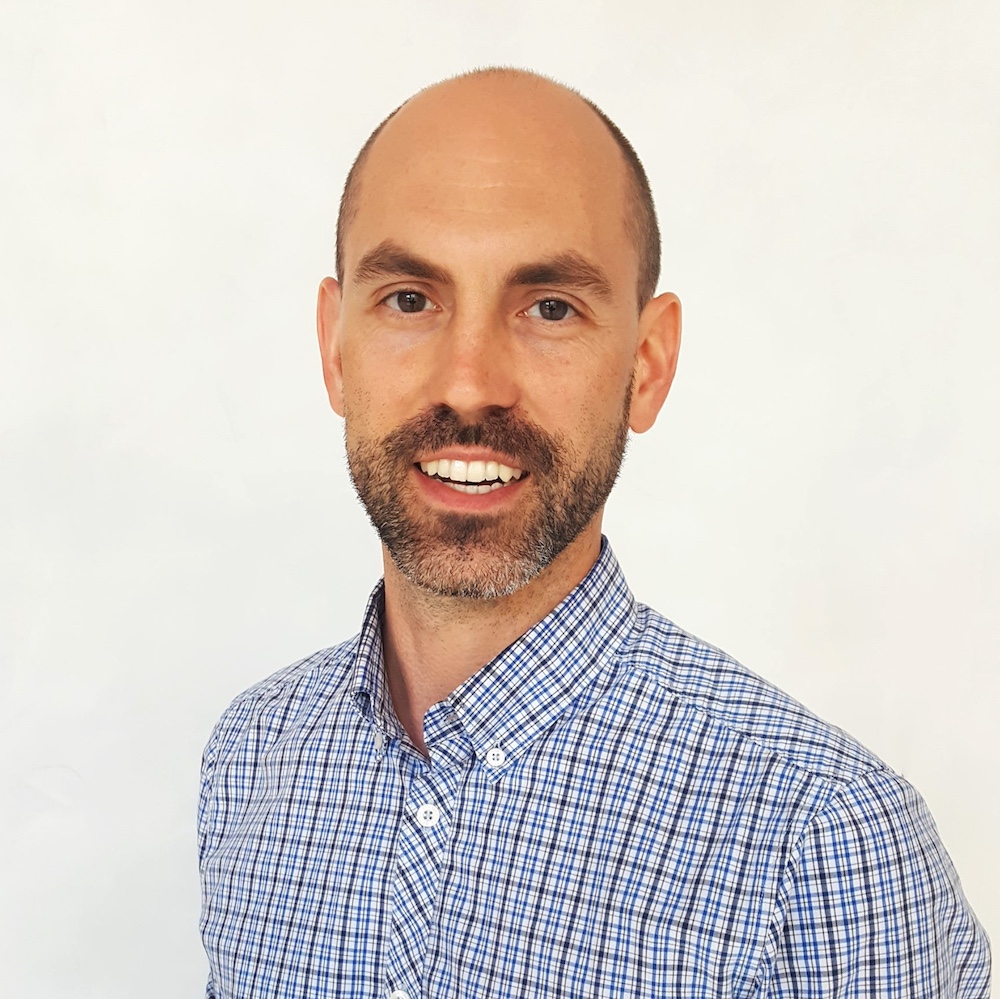
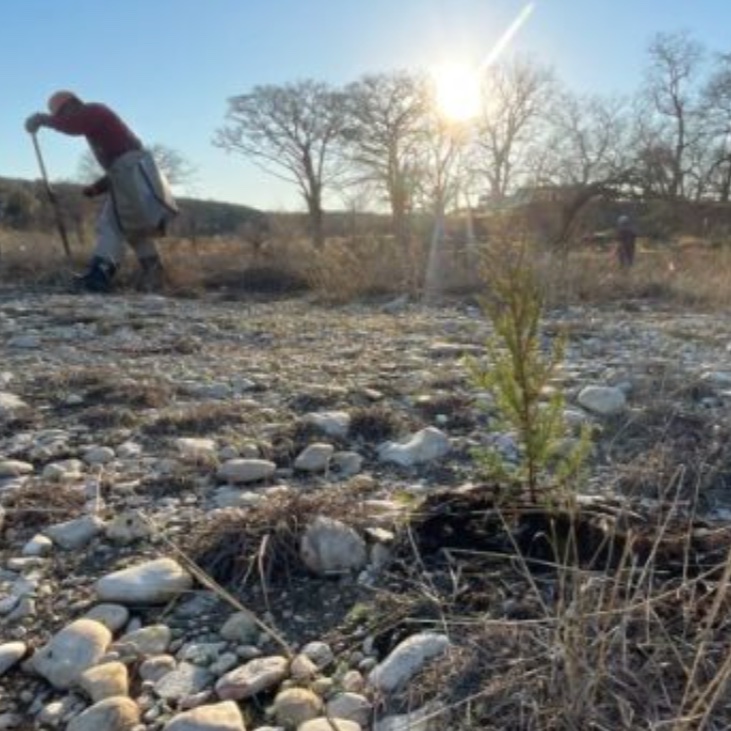
Equity, Alan emphasizes, is not one simple data point. It’s many layers: income, race, access to resources, and historical context. “There’s no gold standard for measuring equity,” he says, “but we can use data to tell the story.” His goal is to present this information in a way that motivates action, especially from decision-makers. Whether refining 30 datasets into seven or choosing the clearest language possible, Alan’s work is all about turning technical insights into tools people can use.
“If we want people to care about tree canopy, we have to meet them where they are. That means removing jargon, telling a story, and making it look good.”
His love of nature started young. A trip to snowy New Mexico sparked his passion for maps, and a Rose of Sharon tree in his Houston backyard gave him his first connection to trees. “It was just the perfect size to climb,” he remembers. He now considers planting one in his own yard, inspired by a neighbor’s blooming tree and the idea of brewing hibiscus tea from its petals. If he could dedicate a tree, it would be a pecan for his mother, a longtime gardener who taught him to love the land and who now lives in a new home where replanting is underway.
“Equity isn’t just one data point. It’s where you live, what resources you have, and the history behind it all. The challenge is turning that complexity into something people can act on.”
Alan’s legacy, he hopes, will be rooted in transparency and beauty. “We have so much data at the city, and I want people to be able to find it and use it,” he says. “Maps and data don’t have to be dry. They can be beautiful, and that beauty helps people understand what’s possible.” Through his work, Alan is helping Austin grow not just greener, but also more connected, more equitable, and more inspired.
His maps and visual tools, like the Tree Priority Map, highlight Austin’s canopy inequities, making the issue impossible to ignore.
“Transparency is everything. We collect so much information at the city, and I want people to know it’s theirs too.”
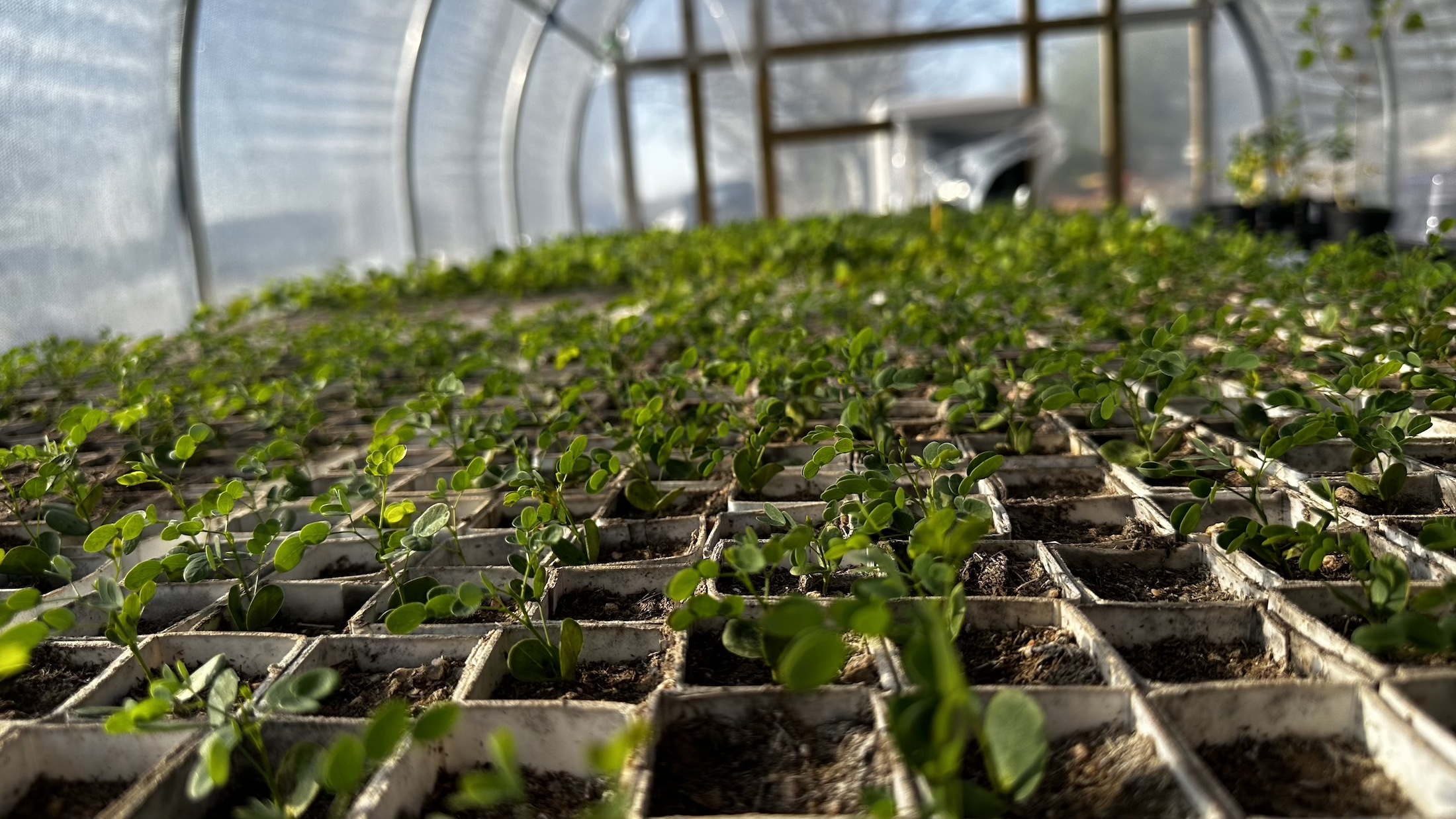
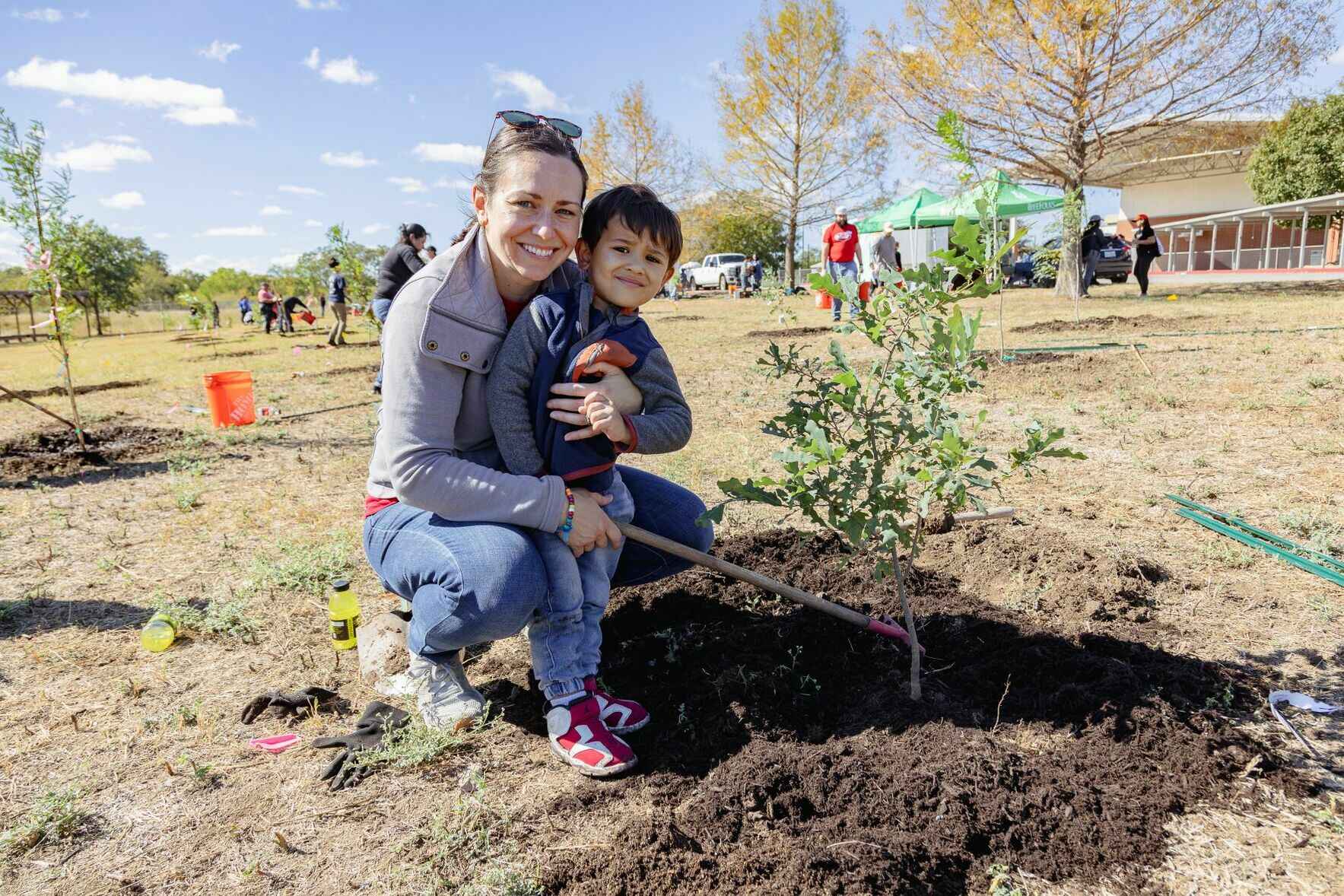
🌿 Quick Facts: Tree Equity in Austin
- Tree canopy coverage is significantly lower in East Austin compared to the west.
- Factors like lot size, overhead utilities, and historic redlining reduce plantable space.
- TreeFolks prioritizes planting in underserved neighborhoods through programs like NeighborWoods and Austin Community Trees.
📣 Join Us in Planting a Greener Future
Alan’s words are a clear reminder of the duty we have to create green spaces. Every tree isn’t only a new lung for the city but also the hope of alleviating historical hardships.
Want to be part of it?
Explore our volunteer events, donate a tree, or share your own tree story with us at treefolks.org.
Author
Héctor González, TreeFolks’ Communications Strategy Manager, conducted this interview.
The TreeFolks NeighborWoods Program is a partnership with the City of Austin and Austin Energy.

